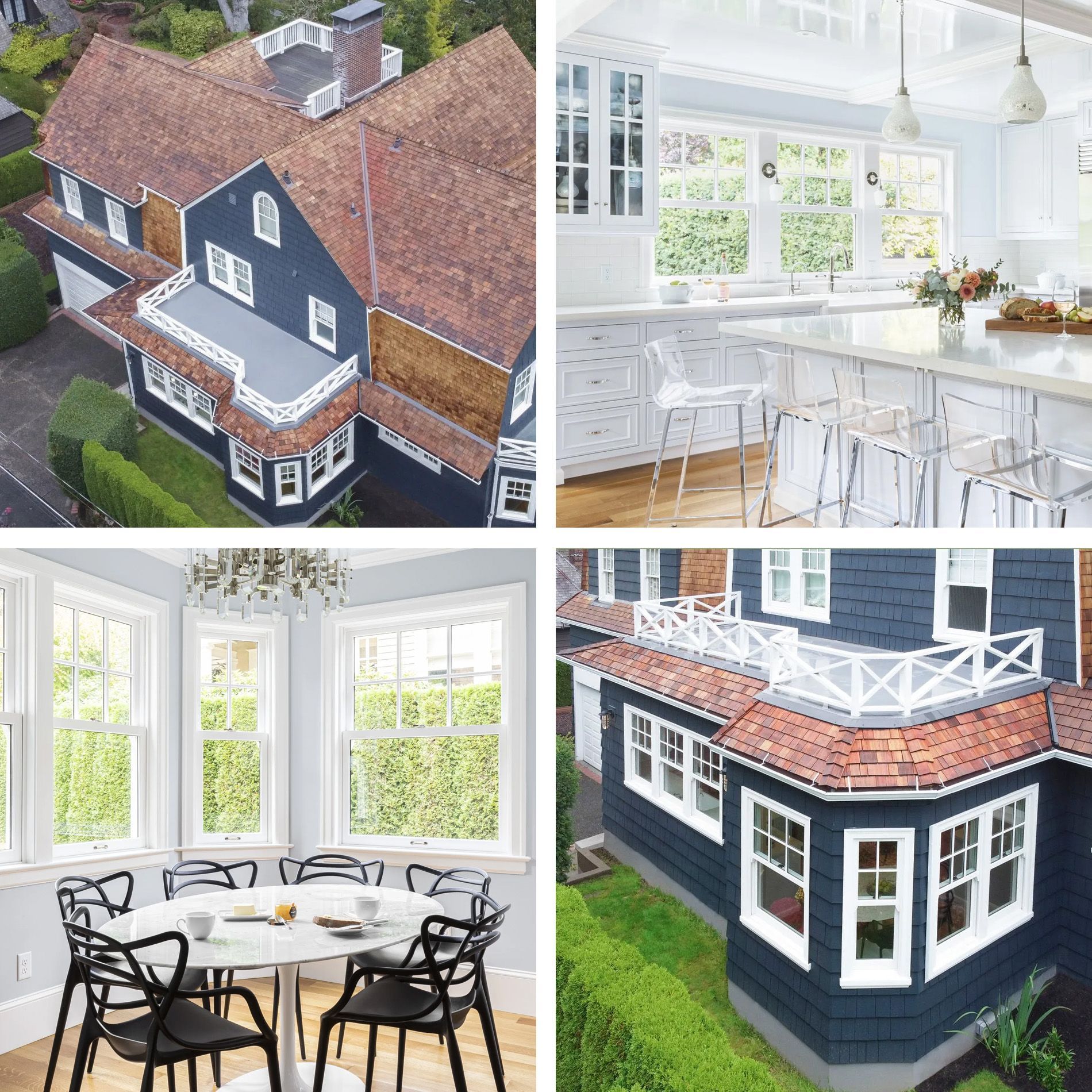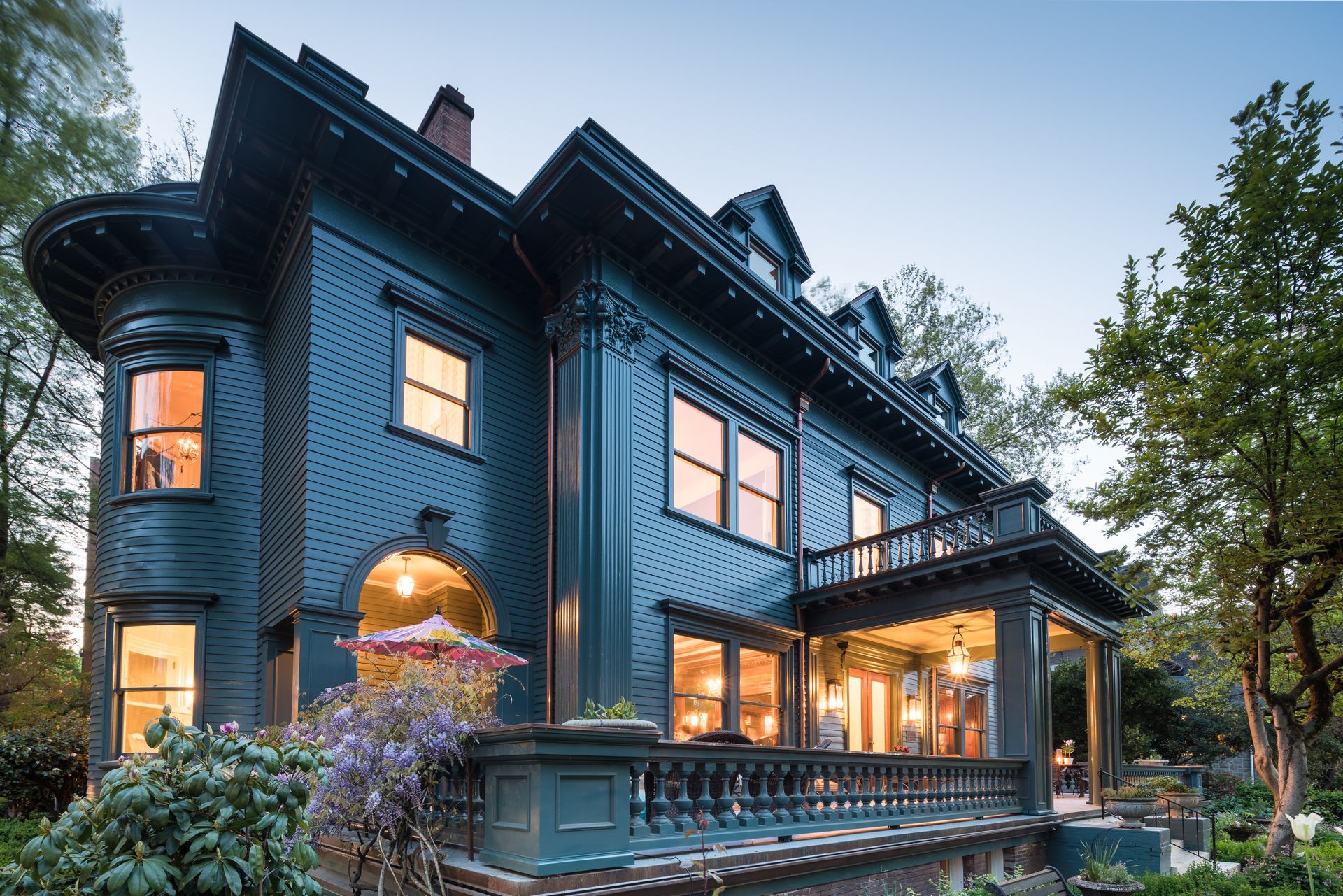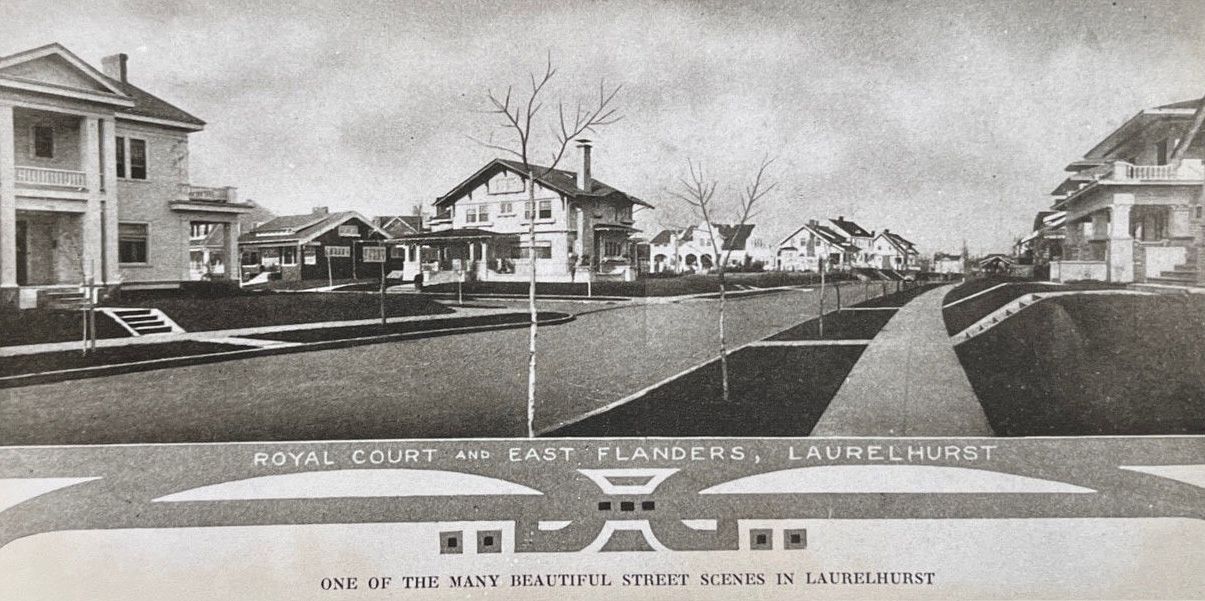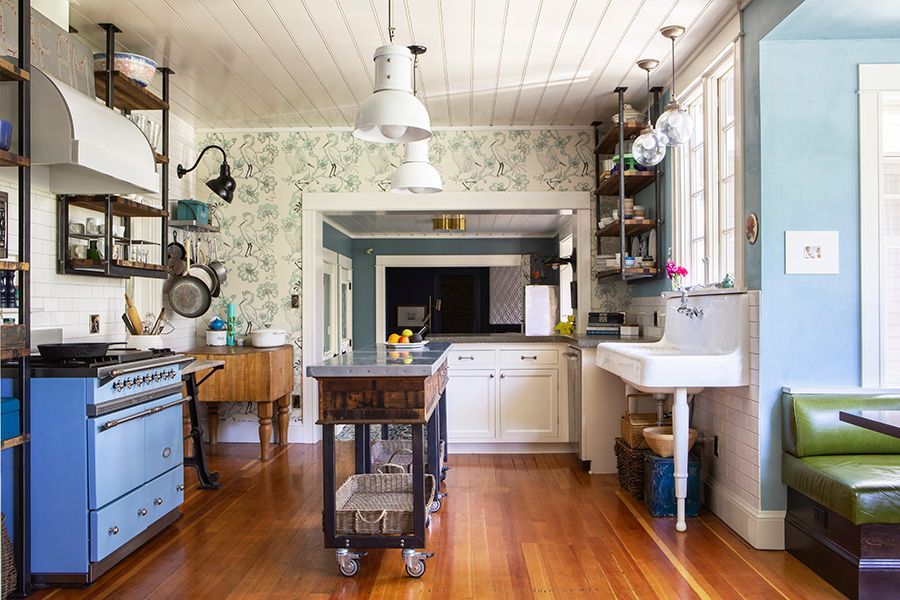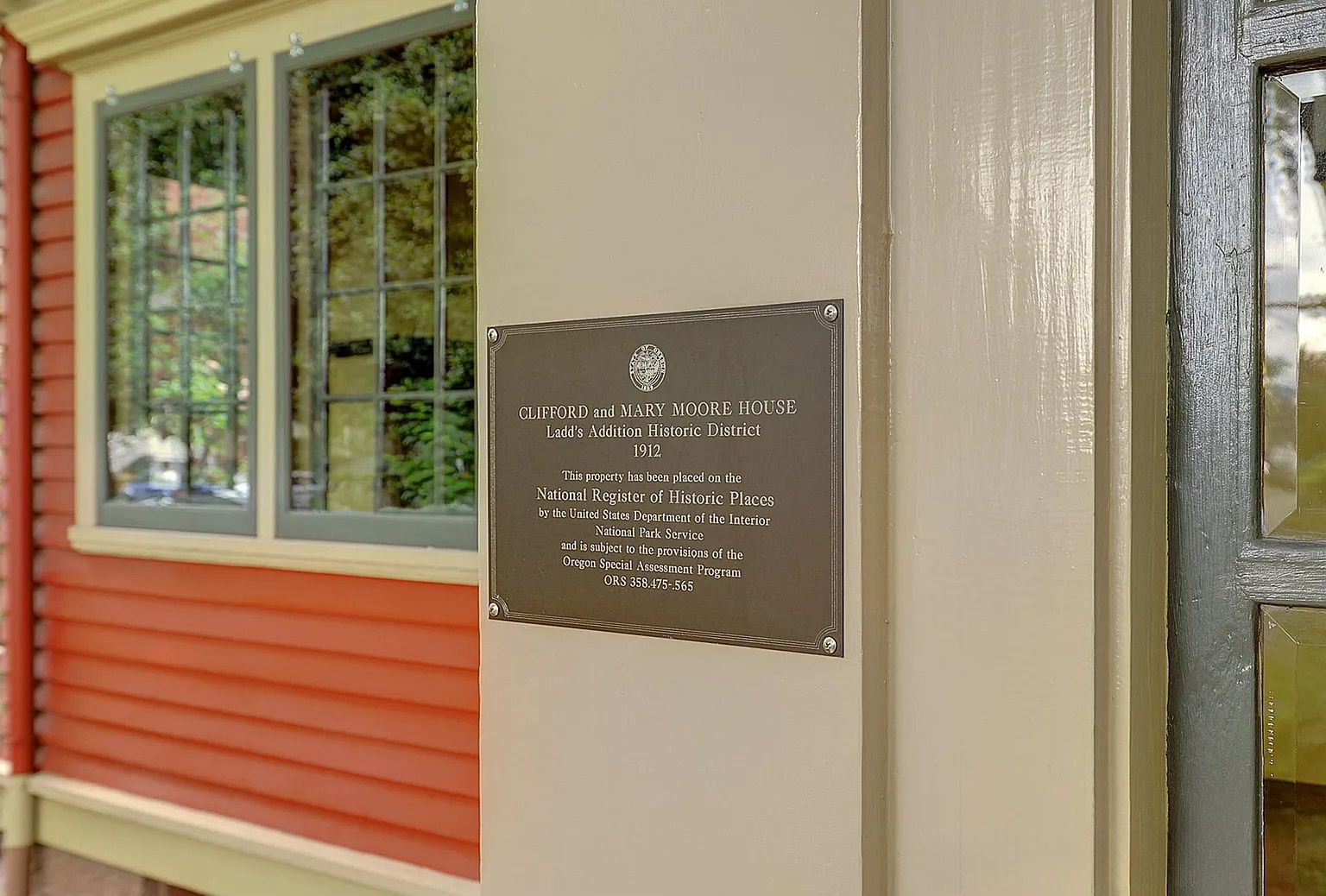
If you own, or are considering buying, a home in one of Portland’s special neighborhoods, you may already know that these areas carry historic or conservation designations. But what does it mean for your home, and how could it impact remodeling, maintenance, or renovation plans?
In this article, we’ll break down the three main types of historic designation in Portland—National Register of Historic Places, nationally designated Historic Districts, and local Conservation Districts—each of which comes with its own specific requirements, benefits, and guidelines. Understanding these distinctions is key to planning any exterior renovation or addition.
At Arciform, we help homeowners navigate these processes every day. Working thoughtfully within historic guidelines allows you to preserve the character of your home while creating functional, modern spaces. As Portland’s trusted historic remodeling experts, we specialize in guiding clients through the city’s review and permitting processes for both Historic and Conservation Districts.
To check if your property is in a historic district or has a specific designation, visit Portland Maps and look under the “Zoning and Districts” tab.
The Isam White House in the National Register Alphabet Historic District is also individually listed on the National Register of Historic Places. Arciform painstakingly restored the exterior and updated the interior following an extensive historic design review process.
National Register of Historic Places
The
National Register of Historic Places is a federal list maintained by the National Park Service, recognizing buildings, structures, and districts of historic significance. Listing is honorary and does not automatically restrict changes to your property.
Benefits of National Historic Places Registration
- Properties may be eligible for federal and state historic tax incentives, typically for income-producing properties.
- Certain federal and state grants may be available to help offset restoration or preservation costs.
- Some code exceptions may apply for rehabilitation projects when following federal standards.
Considerations for Renovation
- Listing alone does not prevent demolition or alterations. Local historic review may apply only if funding from grants is used.
- Projects using historic tax incentives or grant funding must follow federal rehabilitation standards, which prioritize retaining original materials and architectural details.
- Even if your home is listed, your city may regulate changes if local preservation ordinances apply.
Resources for National Register Projects
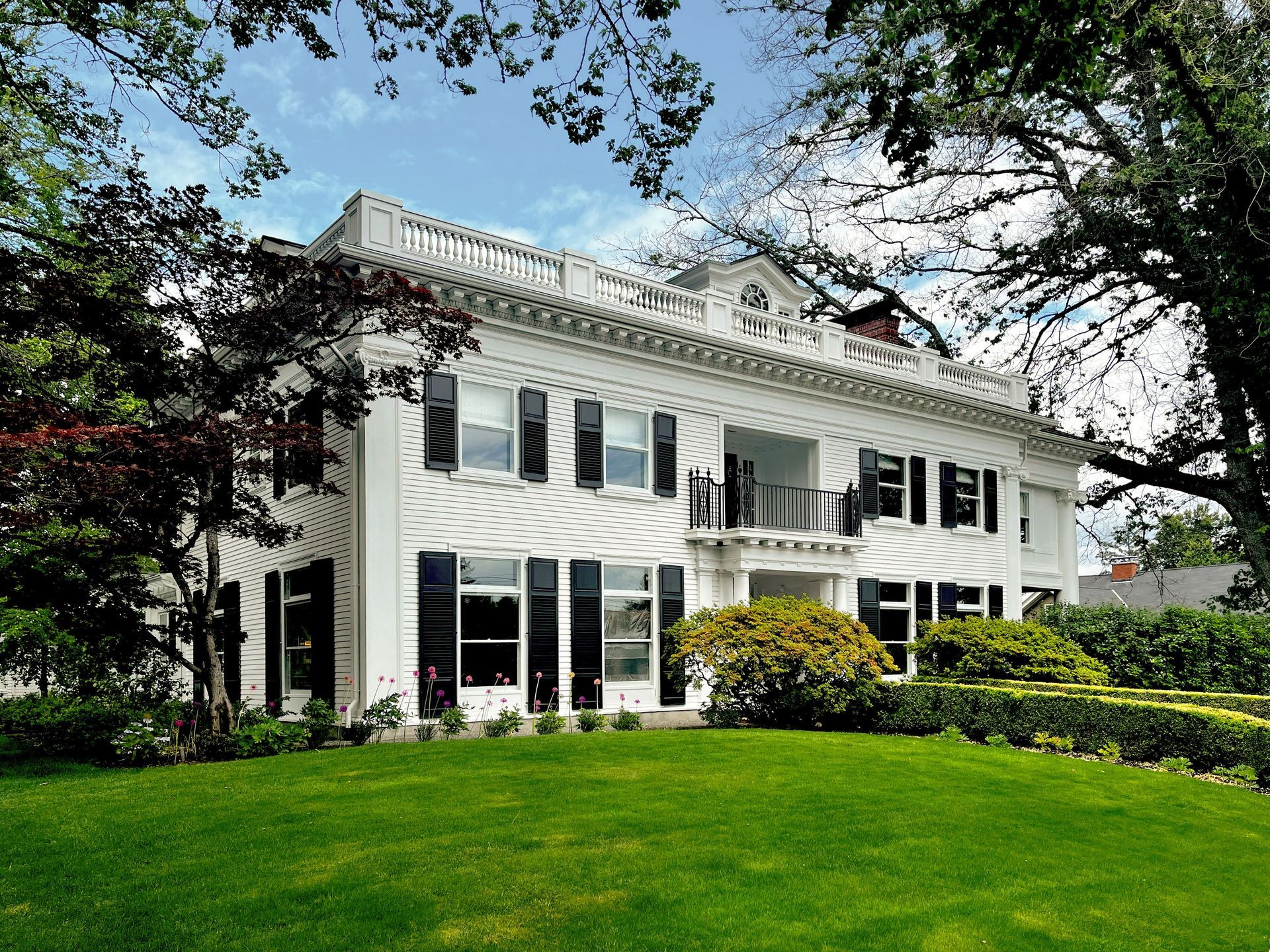
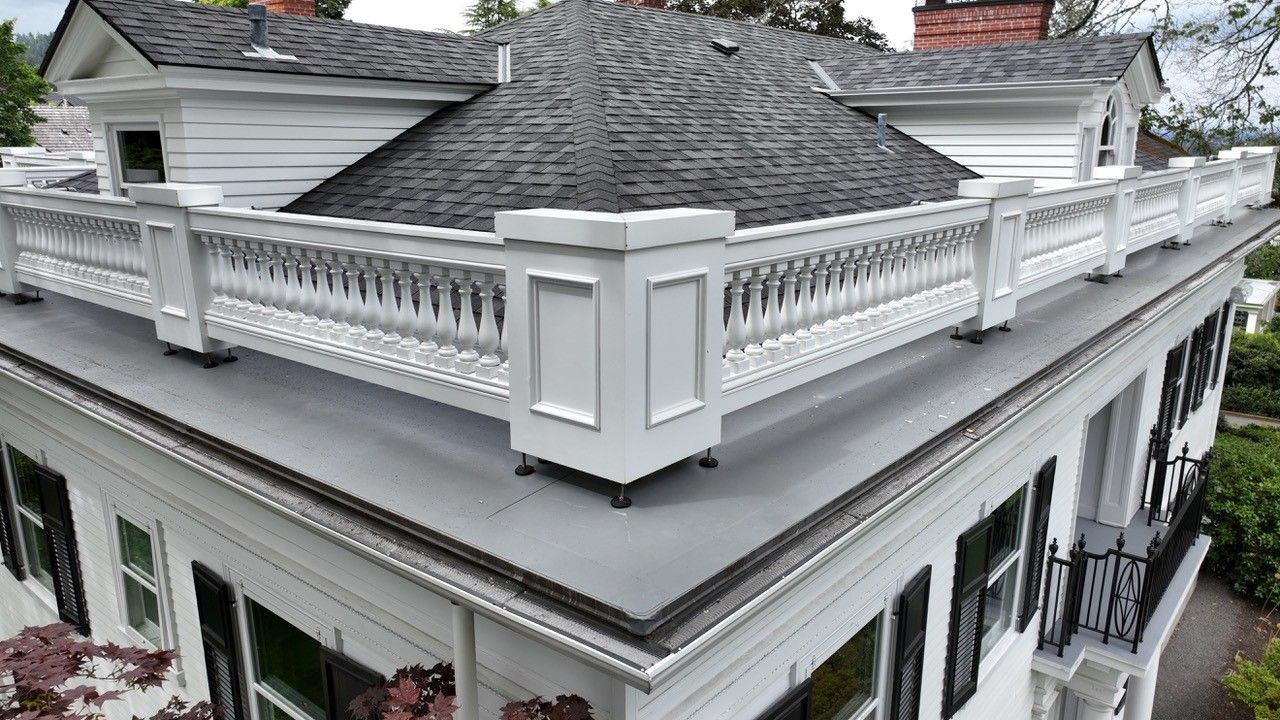
National Historic Districts (Also Portland City Designation)
Portland’s Historic Districts are locally designated areas where architectural and cultural significance is preserved.
All Portland Historic Districts are also listed on the National Register. (portland.gov)
Benefits of Living in a National Historic District
- Neighborhood character and architectural integrity are protected, helping maintain and potentially increase property values over time.
- Development that does not respect district character (e.g., large infill projects) is prevented.
- Thoughtful design in these areas contributes to a unique, vibrant streetscape
Considerations for Exterior Renovations and Additions
- Any exterior alteration visible from the street or neighbors typically requires Historic Resource Review. This includes doors, windows, roofs, and other character-defining elements.
- The process requires formal plans, documentation, and fees. Timelines may vary depending on the scope and city requirements.
- Not all parts of a property are treated equally; rear or non-character-defining additions often allow greater flexibility.
Neighborhood Expertise in Irvington, Laurelhurst, Eastmoreland, and Ladd’s Addition
At Arciform, we specialize in historic homes in Eastside neighborhoods such
Irvington,
Laurelhurst,
Eastmoreland, and
Ladd’s Addition, as well as Westside areas like the Alphabet District, Portland Heights, and Dunthorpe. Our experience in these neighborhoods gives us a deep understanding of their unique architectural styles, design expectations, and Historic Resource Review requirements. Whether you’re planning an addition, a remodel, or restoring original details, we know how to navigate the review process efficiently and successfully. We are recognized as trusted historic district contractors and remodelers in Portland.
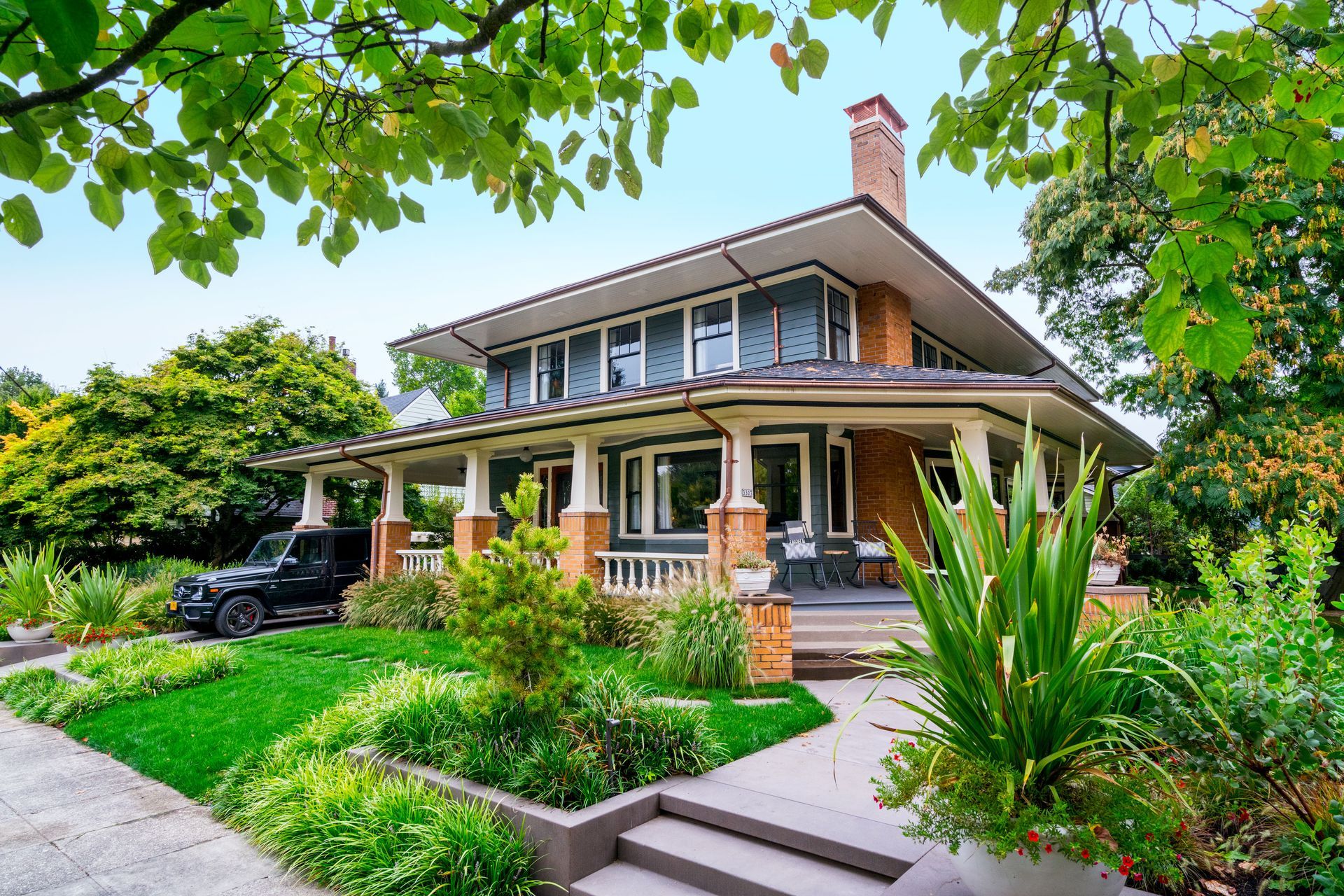
Portland's Local Conservation Districts
Conservation Districts are locally designated areas recognized for their historic significance, with rules aimed at protecting neighborhood character while offering slightly more flexibility than full Historic Districts. Portland currently has six Conservation Districts in North and Northeast Portland: Eliot, Kenton, Mississippi, Piedmont, Russell, and Woodlawn.
Benefits of Conservation District Designation
- Similar protections as Historic Districts against large-scale redevelopment that could alter neighborhood character.
- Encourages renovation projects that respect the overall scale, massing, and style of the neighborhood.
- Often allows more flexibility for solar integration, certain additions, or demolition compared with Historic Districts.
- Working with an experienced historic remodeling contractor ensures that projects meet all city requirements efficiently.
Considerations for Remodeling
- Contributing properties must still go through review for exterior changes.
- Non-contributing properties or less visible parts of a structure generally have more flexible rules.
- Rules are designed to balance preservation with practical use and modernization.
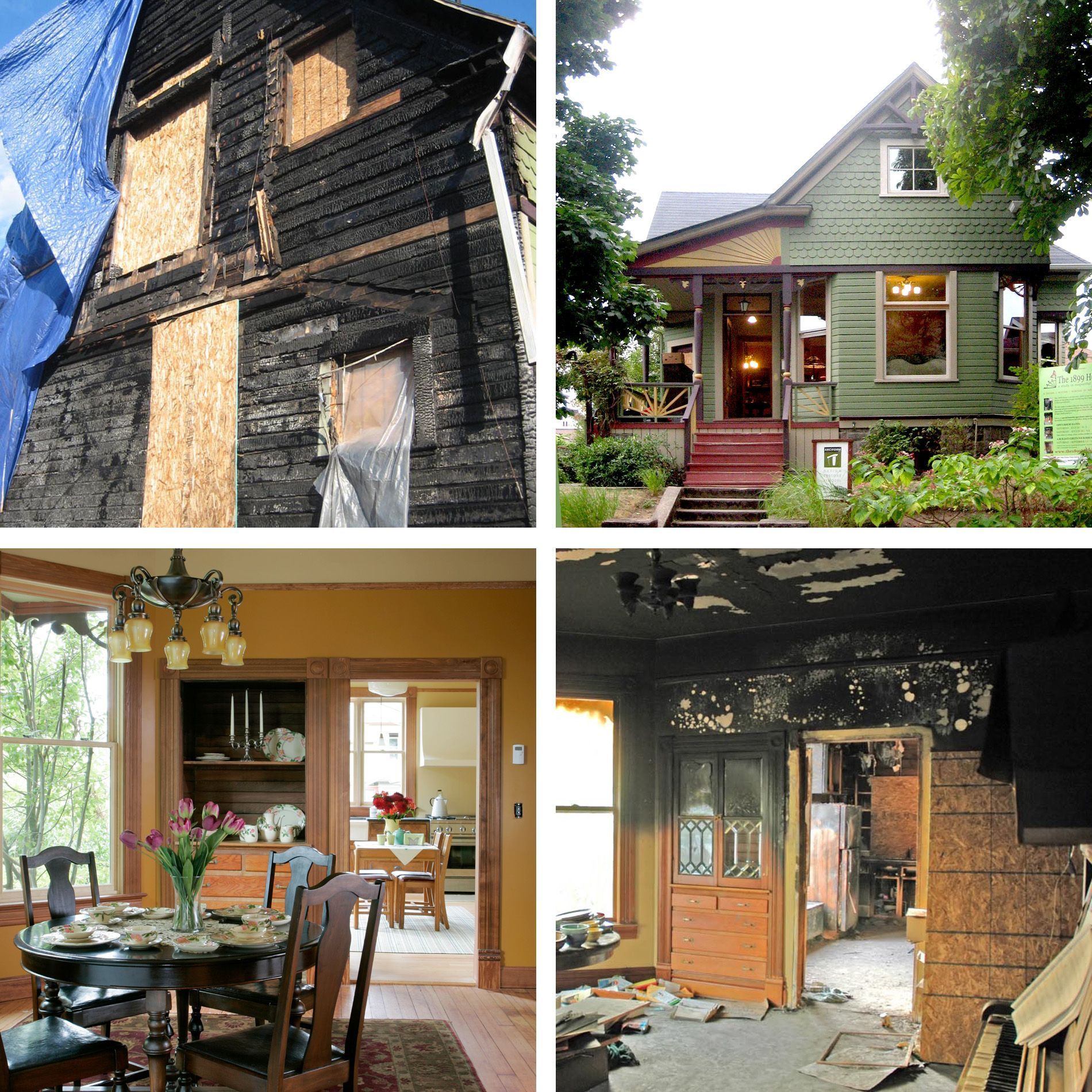
Why Work with Experienced Historic Remodelers in Portland?
Living in a historic or conservation district in Portland gives you a builtin sense of neighborhood character and history. With the right expertise, you can preserve the story of your home, enhance its function, and work within the guidelines with confidence. At Arciform, we guide you through every step—from design and permitting to construction—so that your home’s character is honored and your vision comes to life. As Portland’s trusted historic remodeling experts, we ensure your project enhances your home while respecting the unique character of your neighborhood.
Resources and Further Reading:
See More Stories
